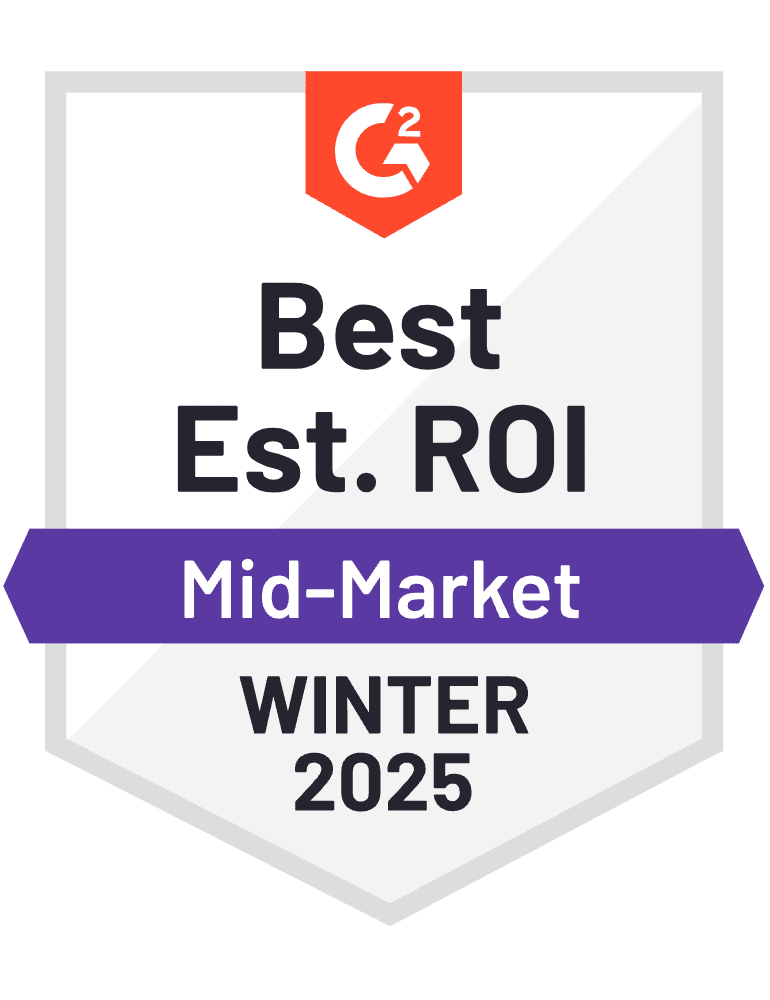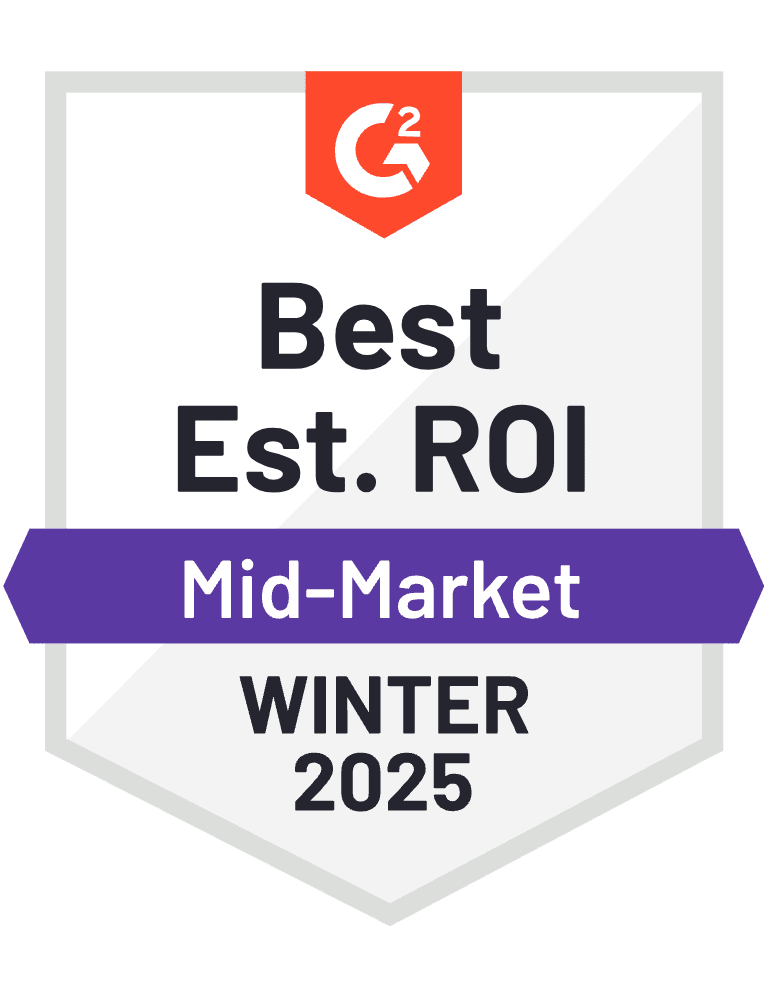Why IT Asset Management Solution Is Essential for Every Organization in 2025

What Is IT Asset Management?
Why IT Asset Management Is Critical for Organizations in 2025
As businesses increasingly rely on technology to drive innovation, improve operations, and meet customer demands, managing IT assets effectively is no longer optional—it’s critical. Here’s an in-depth look at why IT asset management is indispensable in 2025:
1. The Proliferation of IT Assets
Modern organizations manage an ever-growing number of IT assets, including:
- Hardware: Desktops, laptops, servers, mobile devices, and IoT devices.
- Software: Enterprise applications, SaaS subscriptions, and development tools.
- Cloud Resources: Virtual machines, storage, and network services.
- Data Assets: Digital files, databases, and proprietary information.
This exponential growth in assets requires a robust ITAM solution to track, monitor, and optimize their usage. Without proper management, organizations risk losing control over their resources, leading to inefficiencies and security vulnerabilities.
2. Rising Cybersecurity Threats
In an era where cyberattacks are increasingly sophisticated, ITAM plays a vital role in securing an organization’s IT ecosystem.
- Real-Time Visibility: Organizations know what devices and software are in use, minimizing the risk of untracked or rogue assets.
- Patch Management: Identifying outdated software or firmware and ensuring timely updates to mitigate vulnerabilities.
- Device Retirement: Securely decommissioning outdated or unsupported hardware to prevent exploitation.
By integrating ITAM with cybersecurity strategies, businesses can proactively address threats and enhance their overall security posture.
3. The Complexity of Remote Work and BYOD Policies
Remote work and Bring Your Own Device (BYOD) policies have become standard practices in 2025. While these trends offer flexibility and cost savings, they also introduce significant challenges in managing IT assets:
- Device Tracking: ITAM validates that all employee devices accessing company networks are registered, compliant, and secure.
- License Optimization: Managing software usage across diverse devices to avoid over-licensing or underutilization.
- Data Security: Ensuring that remote devices comply with security protocols, reducing the risk of data breaches.
An ITAM solution provides a centralized system to address these challenges, making remote work environments more secure and efficient.
4. Cost Optimization in a Challenging Economy
In future, economic pressures have made cost optimization a priority for businesses. ITAM helps organizations maximize their IT budgets by:
- Eliminating Redundancies: Identifying and removing duplicate or underused software licenses.
- Extending Asset Lifecycles: Proactively maintaining hardware to delay replacements.
- Vendor Management: Vendor management by streamlining procurement processes and negotiating better deals based on accurate usage data.
Organizations that use ITAM can allocate resources more strategically, ensuring that every dollar spent on IT delivers maximum value.
5. Meeting Regulatory and Licensing Compliance
With the increasing complexity of global regulations like GDPR, HIPAA, and SOX, compliance is a top concern for organizations.
- Tracking Software Licenses: Avoiding fines and legal actions by maintaining proper licensing records.
- Audit Readiness: Keeping detailed logs and documentation to facilitate smooth audits.
- Data Protection: Ensuring that IT assets align with data protection standards.
Compliance isn’t just about avoiding penalties; it’s also a way to build trust with customers and partners.
6. Sustainability and ESG Initiatives
Sustainability is increasingly becoming a key priority in 2025. ITAM contributes to environmental, social, and governance (ESG) goals in the following ways,
- Reducing E-Waste: Tracking asset lifecycles to checks proper disposal or recycling of obsolete hardware.
- Optimizing Resource Usage: Minimizing the over-provisioning of IT resources.
- Supporting Green IT Practices: Encouraging the use of energy-efficient devices and cloud solutions.
Organizations with strong ITAM practices can align their IT operations with sustainability goals, enhancing their corporate reputation.
7. Data-Driven Decision-Making
IT asset management solutions generate valuable insights that help organizations make informed decisions. For example:
- Capacity Planning: Understanding resource usage trends to scale IT infrastructure effectively.
- Budget Forecasting: Predicting future expenses based on asset lifecycle data.
- Performance Metrics: Measuring the ROI of IT assets to justify investments or identify areas for improvement.
With data-driven insights, IT leaders can make strategic decisions that support long-term growth.
8. Support for Hybrid and Multi-cloud Environments
As organizations adopt hybrid and multi-cloud strategies, ITAM becomes crucial for managing:
- Cloud Resources: Tracking costs, usage, and compliance across multiple cloud providers.
- Integration Challenges: Ensuring seamless operation of on-premises and cloud-based systems.
- Resource Optimization: Avoiding cloud sprawl and minimizing unnecessary expenses.
An ITAM solution acts as a bridge, providing a unified view of assets across diverse environments.
9. Enhancing Employee Productivity
Efficient IT asset management improves the overall employee experience by:
- Ensuring Access to Tools: Employees have the right hardware and software to perform their jobs effectively.
- Minimizing Downtime: Proactively maintaining IT assets to avoid disruptions.
- Streamlining IT Support: Providing IT teams with accurate asset data to resolve issues faster.
When employees are equipped with the tools they need, their productivity and satisfaction increase.
Challenges of Managing IT Assets Without ITAM
The absence of a robust asset management strategy can lead to:
- Asset Expansion: Effective management of IT asset growth can optimize infrastructure performance
- Increased Costs: Unmonitored assets often result in unnecessary expenditures.
- Data Breaches: Untracked devices and software can become entry points for cyberattacks.
- Operational Delays: Inefficient asset tracking can disrupt workflows, leading to productivity losses.
Key Benefits of IT Asset Management Solutions
1. Enhanced Visibility and Control
Managing hundreds or even thousands of assets can feel like navigating a labyrinth. IT asset management solutions offer a centralized platform to:
- Track all IT assets in real time.
- Monitor usage patterns and identify underutilized resources.
- Assists critical assets are up-to-date and functioning optimally.
2. Cost Optimization
An effective ITAM strategy minimizes wastage by helping organizations:
- Avoid duplicate purchases.
- Negotiate better vendor contracts using accurate data.
- Identify and retire unused or obsolete assets.
3. Improved Security and Compliance
Cybersecurity is a top concern for every organization. With ITAM, businesses can:
- Keep software licenses current and compliant.
- Reduce vulnerabilities by identifying and patching outdated software.
- Stay ahead of regulatory requirements, avoiding hefty fines.
4. Streamlined Processes
5. Support for Sustainable Practices
As the world moves towards greener practices, ITAM helps organizations reduce e-waste by promoting the recycling and repurposing of IT assets. This not only supports sustainability goals but also enhances corporate reputation.
Features to Look for in the Best IT Asset Management Solutions
When evaluating IT asset management solutions, prioritize the following features:
- Scalability: The solution should grow with your organization’s needs.
- Integration Capabilities: Look for software that integrates seamlessly with your existing tools.
- Automation: Features like auto-discovery of assets and automated alerts can save time and effort.
- Detailed Reporting: Robust reporting capabilities provide actionable insights.
- User-Friendly Interface: A simple, intuitive interface ensure that your team can adopt the solution easily.
Best Practices for Implementing Asset Management in IT
- Define Clear Objectives: Establish what you aim to achieve with ITAM, such as cost reduction, improved compliance, or enhanced operational efficiency.
- Involve Stakeholders: Collaborate with IT, finance, procurement, and other departments to ensure a holistic approach.
- Audit Existing Assets: Before implementing a solution, conduct a thorough inventory of all IT assets to establish a baseline.
- Choose the Right Tools: Invest in a solution that aligns with your organizational needs and goals.
- Train Your Team: Make sure that employees understand the importance of ITAM and know how to use the chosen solution effectively.
Conclusion
In 2025, the complexity of managing IT assets will only grow. Implementing an IT asset management solution is no longer optional, it’s essential. From improving efficiency and security to reducing costs and supporting sustainability, the benefits are undeniable.
Ready to see how an ITAM solution can transform your organization? Take the first step by trying our platform. Explore the features, experience the benefits firsthand.
Frequently Asked Questions
1. What is the primary goal of IT asset management?
The main goal is to optimize the usage, deployment, and lifecycle of IT assets to enhance efficiency and reduce costs.
2. Are ITAM solutions suitable for small businesses?
Yes, IT asset management (ITAM) solutions are well-suited for small businesses. While ITAM tools are often associated with large enterprises, they offer significant benefits for small businesses as well.
Here’s why ITAM solutions are a valuable investment regardless of an organization’s size:
- Simplified IT Asset Tracking
Small businesses often operate with limited IT resources, making it challenging to manually track hardware, software, and licenses. ITAM solutions provide a centralized platform to monitor and manage all IT assets efficiently, saving time and reducing errors.
- Cost Efficiency
For small businesses, every dollar matters. ITAM solutions help:
- Eliminate unnecessary spending by identifying unused or underutilized assets.
- Avoid penalties from software license violations.
- Extend the lifecycle of IT assets through proactive maintenance.
By optimizing costs, small businesses can maximize their IT budgets.
- Scalability for Growth
As small businesses grow, their IT infrastructure becomes more complex. ITAM solutions are scalable, ensuring that businesses can seamlessly manage additional assets and resources without overhauling their systems.
- Improved Compliance and Security
Even small businesses must comply with data protection regulations and licensing agreements. ITAM solutions simplify compliance by:
- Keeping track of software licenses to avoid violations.
- Ensuring hardware and software meet security standards, reducing vulnerabilities.
This proactive approach builds trust with customers and partners.
- Time-Saving Automation
Small businesses often operate with lean IT teams or rely on generalist staff to handle technology. ITAM solutions automate repetitive tasks, such as inventory updates, license renewals, and audit preparations, freeing up valuable time for more strategic activities.
- Affordable and Tailored Options
Many ITAM vendors offer solutions designed specifically for small businesses, including affordable pricing plans and features tailored to their needs. Cloud-based ITAM tools are especially appealing, as they require minimal upfront investment and are easy to deploy.
3. How does ITAM improve cybersecurity?
IT Asset Management (ITAM) enhances cybersecurity by providing complete visibility into an organization’s IT assets, helping identify unauthorized devices and software that could be vulnerabilities.
It supports patch management by ensuring all assets are up to date, reducing exposure to security risks. ITAM also tracks endpoint devices, ensuring they comply with security protocols. By managing licenses and ensuring software is legitimate, ITAM prevents unpatched systems that could lead to breaches.
Additionally, ITAM aids in incident response by providing asset-related data for faster investigations and helps mitigate insider threats by monitoring user access and activities. Ultimately, ITAM strengthens an organization’s cybersecurity framework.
4. What types of assets are tracked in ITAM?
ITAM tracks hardware, software, cloud services, licenses, and digital resources used within an organization.
5. Is ITAM only about cost savings?
While cost savings are a significant benefit, ITAM also enhances compliance, security, and operational efficiency.













_Rapo0hRMBy.png)










